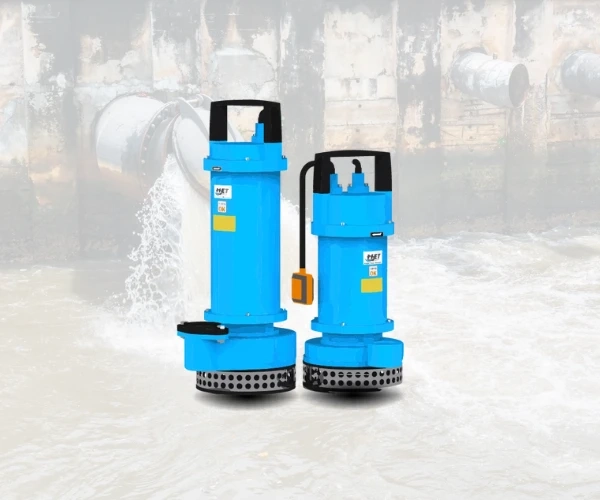Industrial pumps play a crucial role in managing wastewater, dewatering operations, and handling solid-laden fluids. Whether you're using an eco submersible drainage pump for site drainage or a submersible sewage pump for handling sludge and effluent, proper maintenance is key to ensuring reliable and long-term performance.
Failing to maintain these pumps can lead to breakdowns, costly repairs, and even operational shutdowns. Here are some essential maintenance practices that will help extend the lifespan of your equipment and maintain peak efficiency.
1. Follow the Manufacturer’s Schedule
The first step in pump maintenance is adhering to the service intervals recommended by the manufacturer. These guidelines are based on the pump's design, materials, and intended use. Regular servicing helps detect wear and tear early, especially in environments that involve abrasive or corrosive fluids.
2. Regular Cleaning of Components
For an eco submersible drainage pump, debris and sediment build-up can affect impeller performance and reduce flow efficiency. Make it a routine to clean the intake screen, impeller, and discharge areas. This not only improves performance but also prevents the motor from overloading.
When it comes to a submersible sewage pump, solid waste buildup is a major concern. Periodic cleaning is essential to prevent clogging and damage to the internal components.
3. Monitor Fluid Levels and Conditions
Operating any submersible pump without sufficient fluid can cause overheating and premature wear. Ensure that the pump is always submerged during operation. Also, regularly check for changes in water quality, as higher concentrations of solids or corrosive agents may require more frequent maintenance.
4. Inspect Cables and Seals
Waterproof integrity is critical for submersible pumps. Routinely inspect power cables for cracks or abrasions and verify that cable seals remain watertight. A damaged cable or failed seal can lead to water ingress, which may result in motor failure or electrical hazards.
5. Lubricate Bearings and Seals if Required
Some pump models have grease fittings or oil reservoirs for bearing lubrication. While many modern designs are sealed and maintenance-free, others—particularly older or heavy-duty models—benefit from periodic lubrication. Refer to the manual to know what's required for your specific pump type.
6. Perform Vibration and Noise Checks
Unusual vibration or noise often indicates problems such as misalignment, imbalance, or internal wear. Listen for any changes in the sound of the pump during operation. These signs are early indicators of potential mechanical failure.
7. Document All Maintenance Activities
Keep a detailed log of inspections, cleaning, part replacements, and performance checks. This helps you track trends, plan proactive maintenance, and ensure compliance in regulated industries.
8. Store Properly During Downtime
If your eco submersible drainage pump or submersible sewage pump will be out of service for a while, ensure it is thoroughly cleaned and stored in a dry, protected area. This reduces corrosion and degradation during periods of non-use.
Conclusion
Investing in routine maintenance not only enhances the efficiency of your pump systems but also extends their lifespan and reduces long-term costs. Whether managing surface water with an eco submersible drainage pump or handling heavy waste with a submersible sewage pump, consistent upkeep ensures dependable performance in demanding industrial environments.



